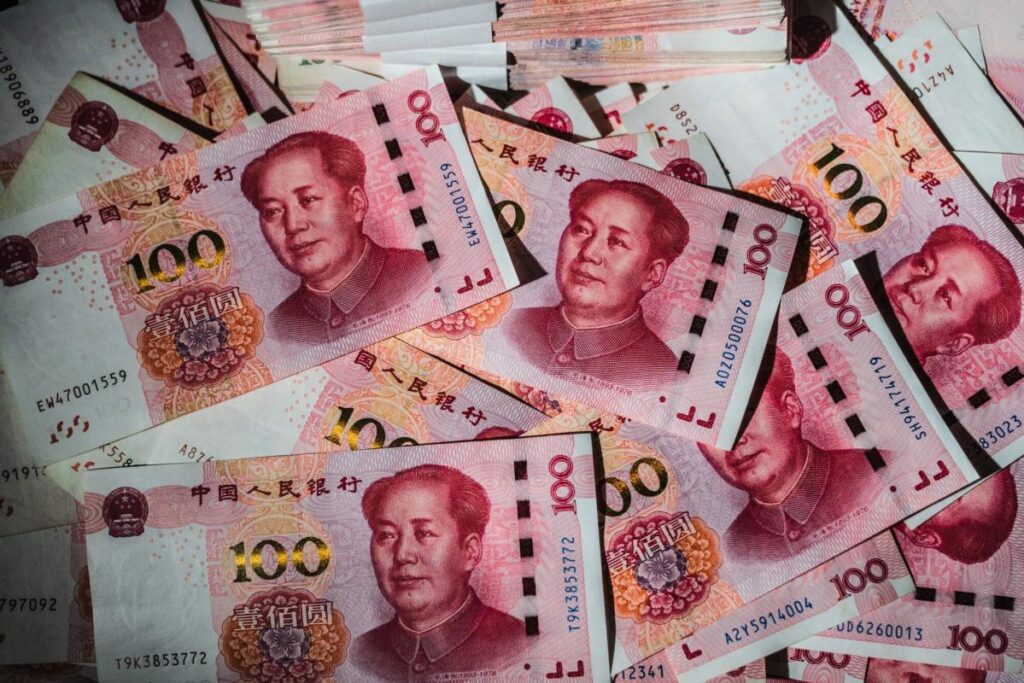(Bloomberg) — China is keeping its hand firmly on the yuan, supporting the currency via the official daily reference rate after it slid to the weakest level since 2022 at year-end in offshore trading.
Most Read from Bloomberg
The People’s Bank of China set the so-called fixing, which confines yuan’s trading onshore to a 2% range on either side, at 7.1879 per dollar on Thursday. That’s little changed from the prior reading. But it was 1,323 pips stronger than forecast in a Bloomberg survey, the largest difference since July.
The offshore yuan fell as much as 0.7% in the last day of trading in 2024, adding to the pressure in recent months over concerns about economic growth and US President-elect Donald Trump’s tariff threats. The PBOC had been setting the fixing at stronger-than-expected levels since November, while state-owned banks sold dollars occasionally to cap weakness in the yuan.
“So far the fixing pattern is conveying a strong message that PBOC is doing whatever it takes to portray that they are still determined to keep that relative stability in the yuan,” said Christopher Wong, a strategist at Oversea-Chinese Banking Corp. “Policymakers are likely to rely on a combination of tools including daily fix and offshore funding squeeze, et cetera, to manage the yuan.”
Still, Wall Street banks are forecasting a continued decline in the yuan to 7.5 per dollar in 2025, speculating Beijing will allow it to weaken more.
The offshore yuan extended a gain in response to Thursday’s fixing, appreciating to as much as 7.3161 per dollar. The currency slipped to 7.3695 in the last session of 2024, the weakest since October 2022. The onshore yuan remains relatively steady, having tested the 7.3 level multiple times last month without breaking it.
The dramatic moves on Dec. 31 likely were driven by stop-loss orders amid light holiday market liquidity, said Ju Wang, head of greater China FX & rates strategy at BNP Paribas. “Some market players were probably disappointed that there is a lack of concrete measures from PBOC to squeeze spot lower to converge with fixing.”
Ample liquidity and a slide in Chinese bond yields are pressuring the yuan as the Asian nation’s interest rate disadvantage relative to the US remains wide. The PBOC injected a net 1.7 trillion yuan ($233 billion) of cash in December via new tools introduced in recent months. Yields on China’s benchmark sovereign notes extended their decline to 1.62% on Thursday after closing 2024 at what was then a record low.


